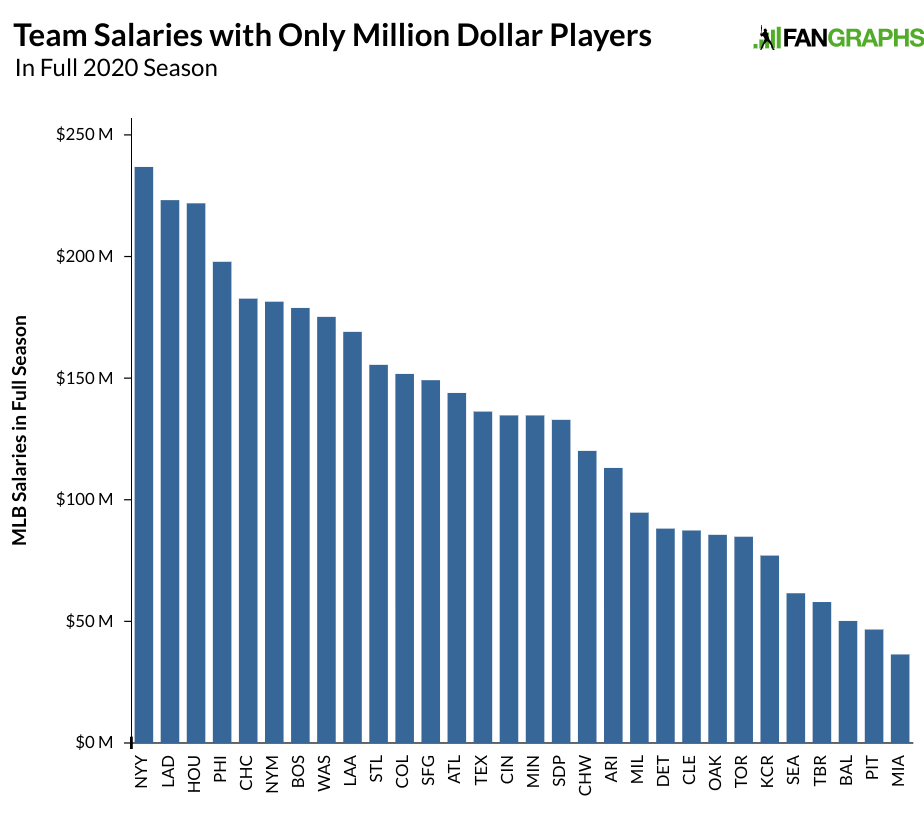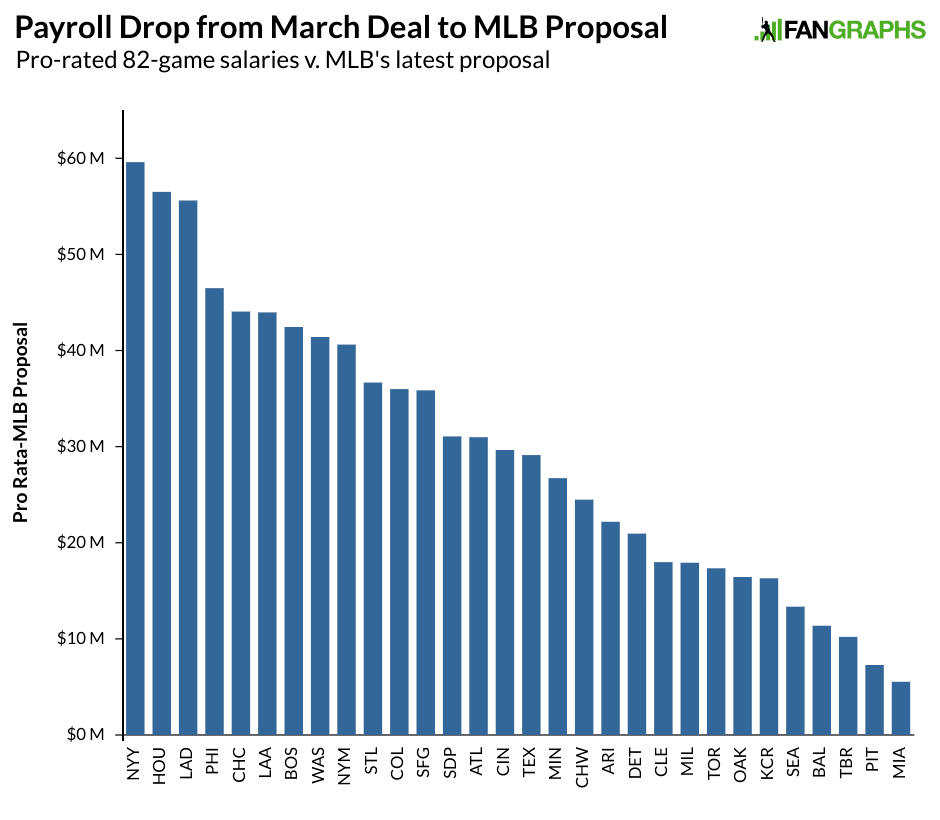Long Gone Summer Refuses to Bury McGwire, Sosa, and the 1998 Home Run Race
In 2001, HBO Films aired a made-for-television movie called 61*, about the 1961 race between Yankees sluggers Mickey Mantle and Roger Maris as they attempted to topple the hallowed single-season home run record held by Babe Ruth. The movie opened with footage of Mark McGwire hitting his 60th home run in 1998, as actors playing Maris’ sons paged through a scrapbook their mother kept of their late father’s accomplishments. Soon enough, the movie delved into a dramatization of the 1961 race, with a script that reflected upon the question offered by 61*’s tagline: “Why did America have room in its heart for only one hero?”
Nineteen years later, Long Gone Summer, an ESPN 30 for 30 documentary that premiered on Sunday night, looks back at that 1998 race between McGwire and Sammy Sosa, and the brief stretch when the baseball world carried the two rival sluggers in its collective heart as the pair challenged a record that had stood for nearly four decades. While subsequent allegations about both players’ use of performance-enhancing drugs have dulled the luster of their achievements and astronomical home run totals — 70 for McGwire, 66 for Sosa — director A.J. Schnack’s movie is far less interested in scolding anyone than it is in reliving the excitement of the race and the mutual respect and camaraderie of the two rivals. That’s not to say that the topic of PED usage goes unaddressed, but it does take a back seat to what was, at the time, a feel-good story in a sport that was still recovering from the impact of the 1994 season-ending players’ strike.
I was one of more than three dozen people interviewed for Long Gone Summer, nearly all of whom were otherwise connected to the race as players, coaches, managers, executives, club employees, family members, broadcasters, or print media; to my eye, Effectively Wild’s Ben Lindbergh and MLB.com’s Jennifer Langosch were the only other participants besides myself who were outsiders at the time. It was a unique opportunity, and while my time onscreen was limited, I’m glad that the final product — which I only viewed for the first time late last week — turned out well while taking a lighter tack than we’ve seen over the past two decades. It’s not hard to find people, inside baseball or beyond, willing to rebuke McGwire, Sosa, and MLB itself for the game’s drug problem, as the annual Hall of Fame voting reminds us. Schnack, a native of Edwardsville, Illinois — about half an hour from St. Louis — and an award-winning documentarian whose previous credits include films covering They Might Be Giants and Kurt Cobain, chose a different route. In doing so, he secured the cooperation of both McGwire and Sosa, both of whom offer a generous share of recollections and introspection regarding that season 22 years ago.






